

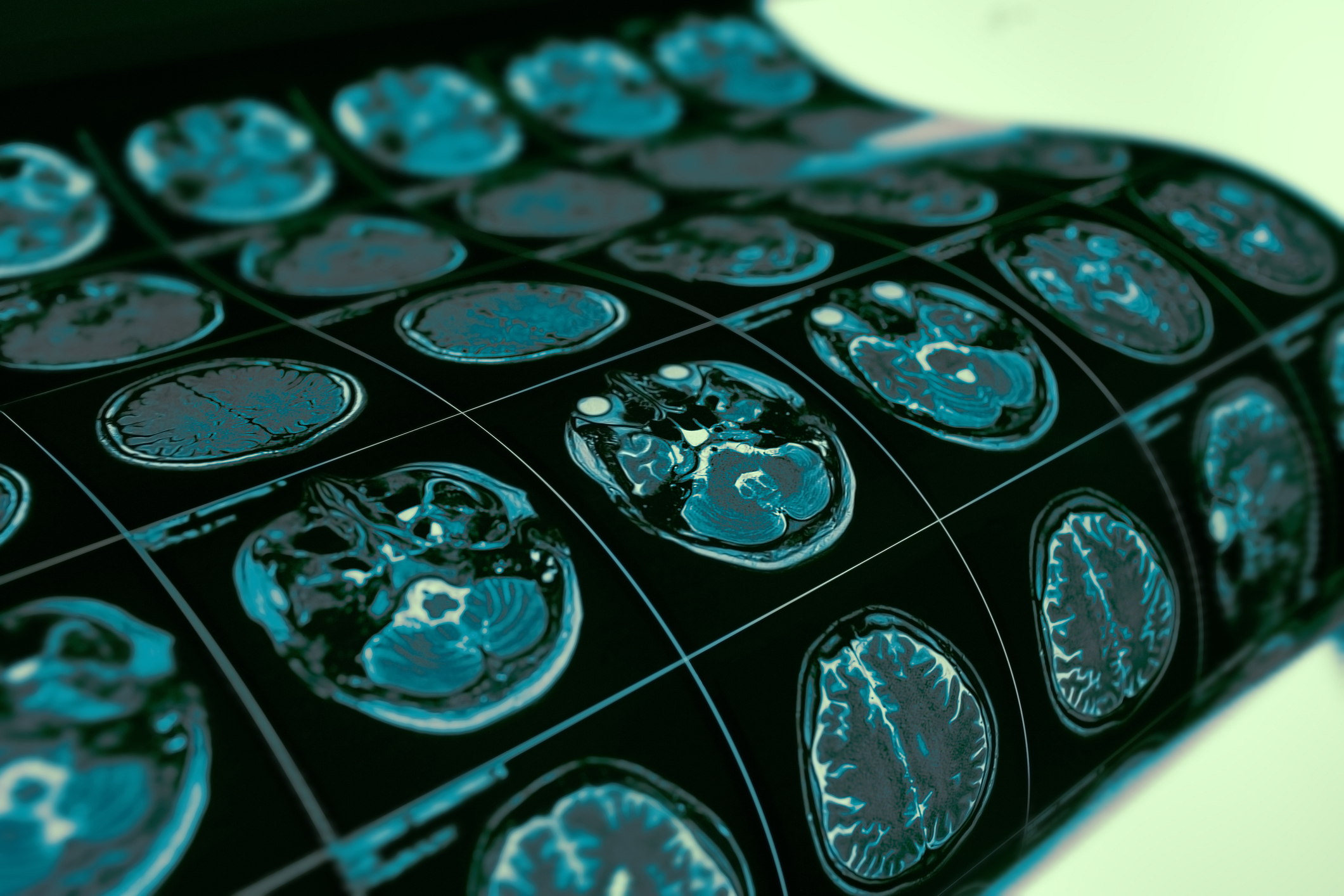
Revealing the secrets of the human brain
UC Santa Cruz research innovations and academic programs advance brain and mental health.

Evidence suggests early developing human brains are preconfigured with instructions for understanding the world
Assistant Professor of Biomolecular Engineering Tal Sharf’s lab used organoids to make fundamental discoveries about human brain development.
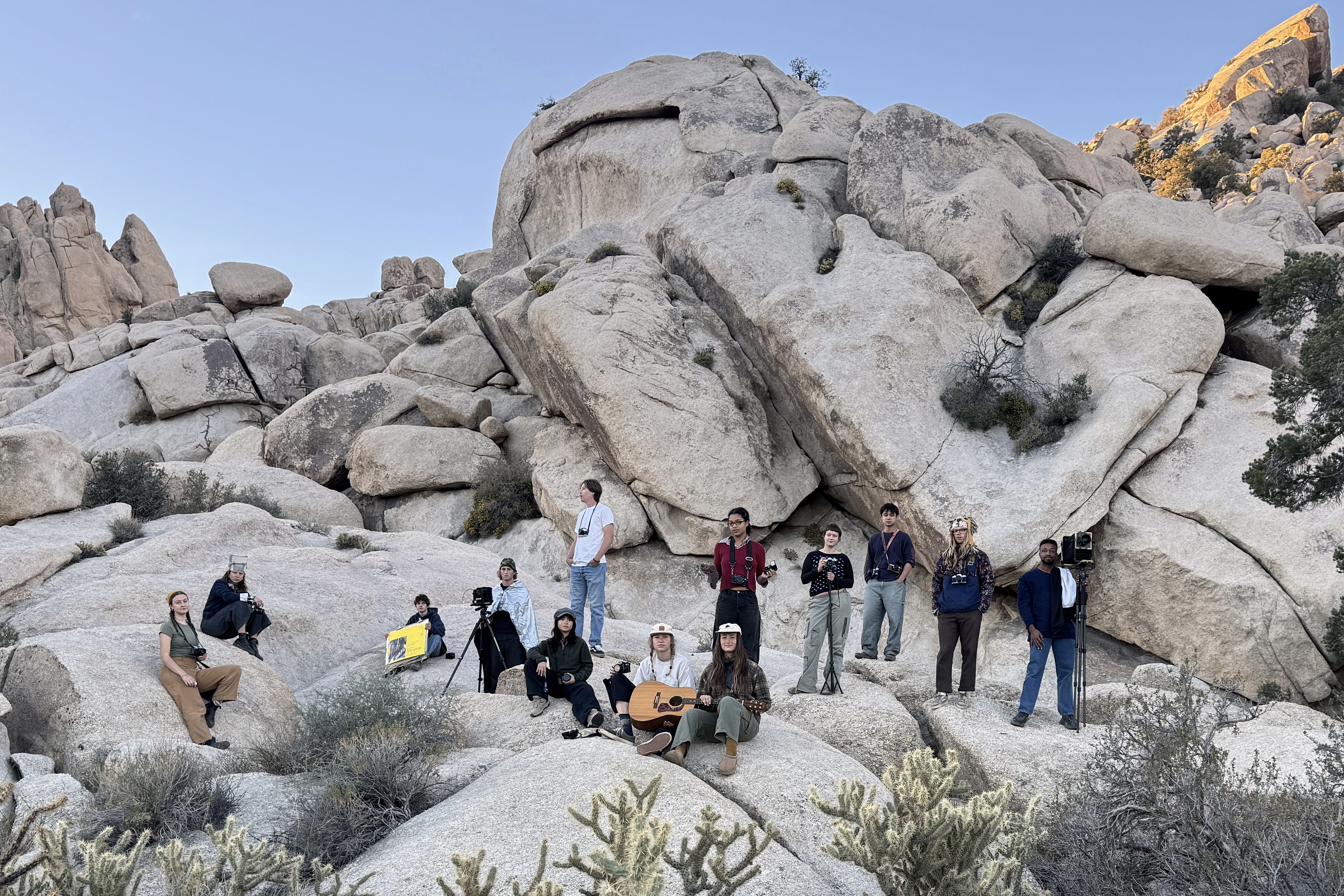
Are you experienced? Students from first year of immersive-learning initiative share stories of profound impact
From aquatic adventures and mountaintop stargazing to lab work aimed at saving lives, students describe how the Degree-Defining Experiences Program fosters unforgettable moments and deepens meaning

Leading genomics research powers innovation and direct human impact
At a Genomics Rooftop Mixer, UC Santa Cruz Genomics Institute researchers displayed the promise of genomics for improving lives
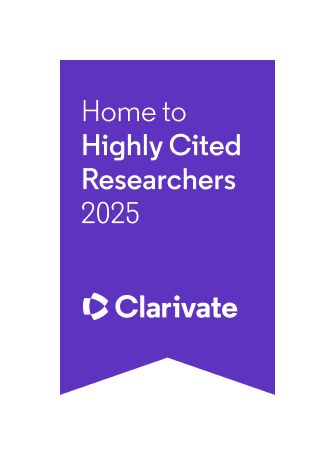
UC Santa Cruz is the top public research university in the world for highly cited researchers amid strong 2025 list
25 UC Santa Cruz researchers earned a spot on the prestigious annual list.

Meet UC Santa Cruz entrepreneurs creating jobs and sparking innovation
As we enter entrepreneurship month this November, we’re celebrating the professors and alumni who are fueling job creation and creating opportunity
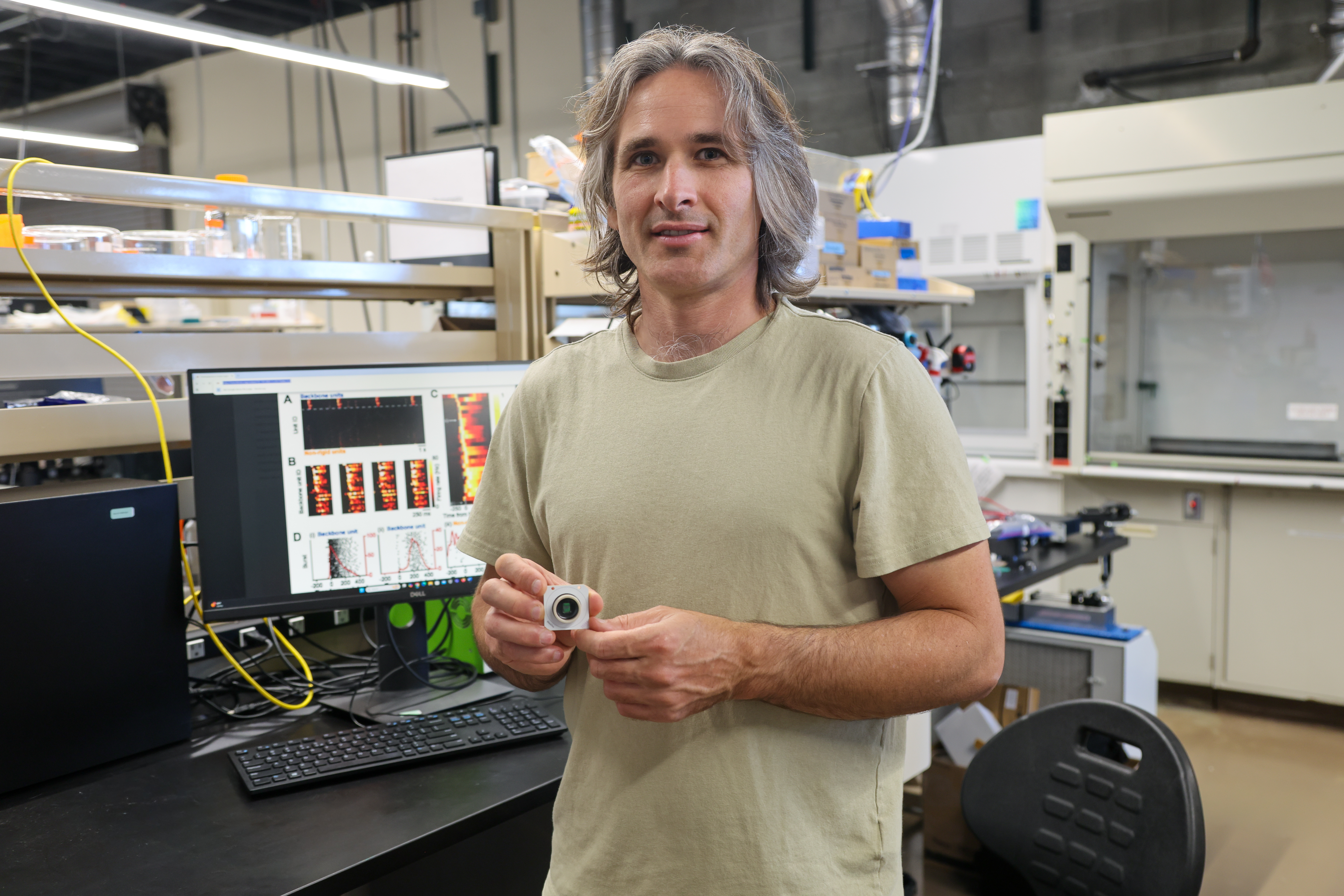
Effort aims to uncover the learning and reasoning potential of brain organoids
The Braingeneers team will test the ability of brain organoids to solve tasks in real time

New AI tool detects hidden cancer mutations
UC Santa Cruz researchers unveil DeepSomatic, a deep learning method that will help make genomic sequencing a routine part of how cancer is diagnosed and treated
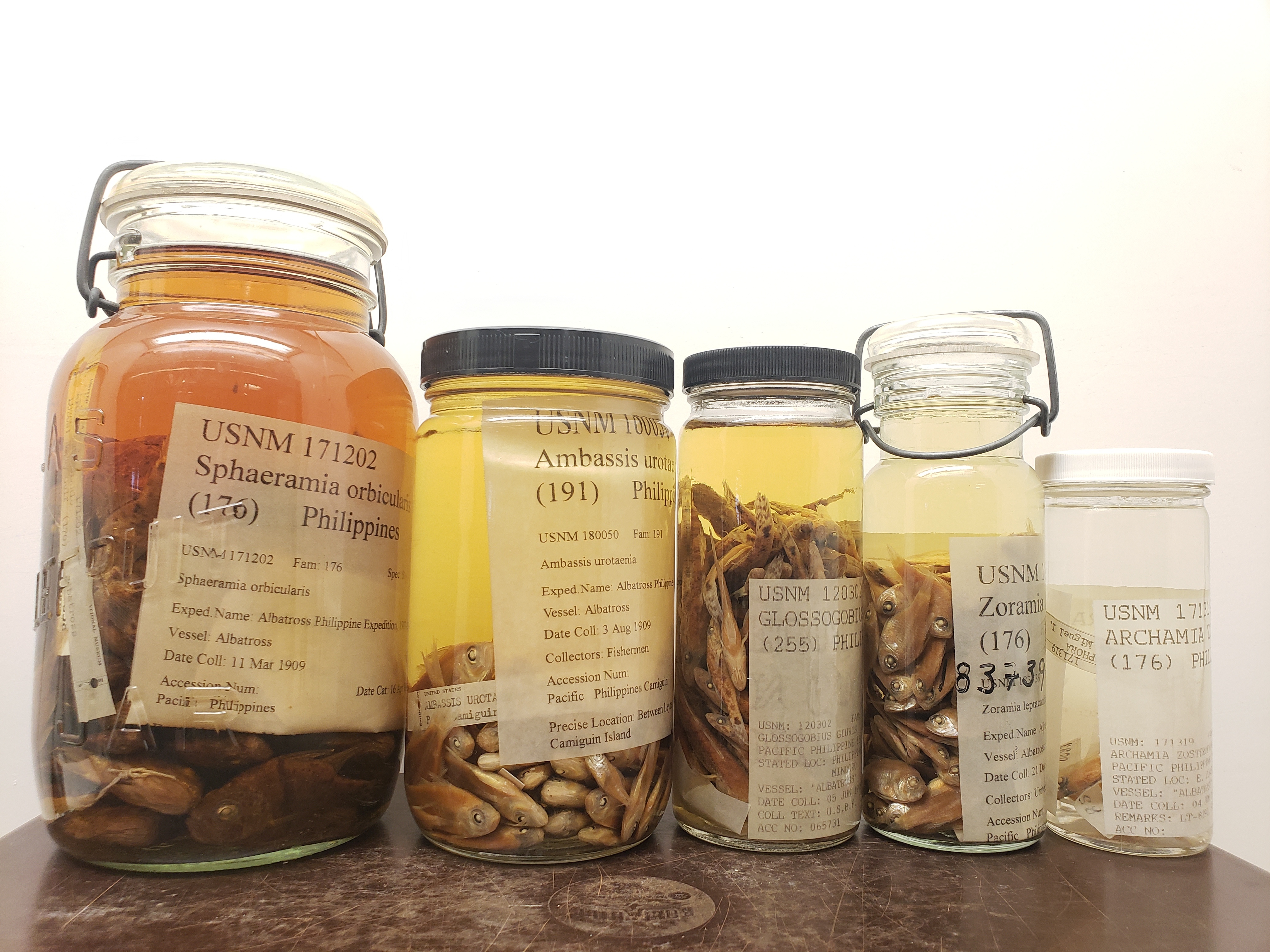
High-proof alcohol preserved century-old fish DNA to enable ‘genomic time travel’
Unusual preservative in specimen jars proved to be a sweet solution for studying changes in genetic diversity among fish populations in the Philippines since the early 1900s